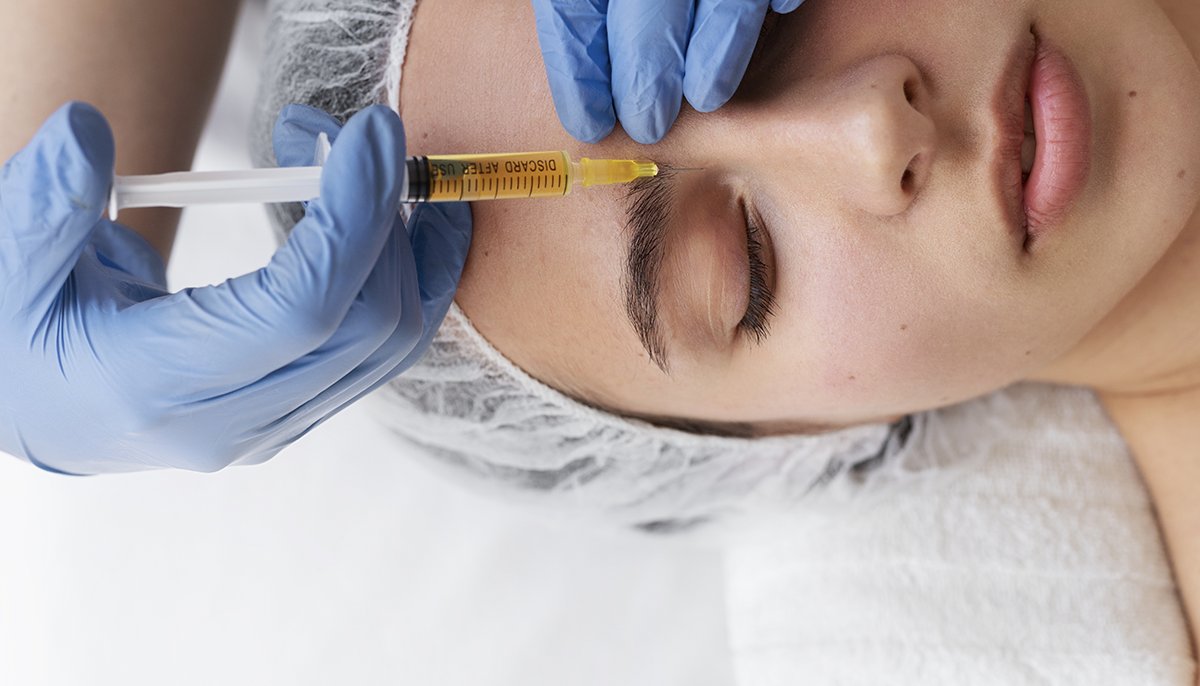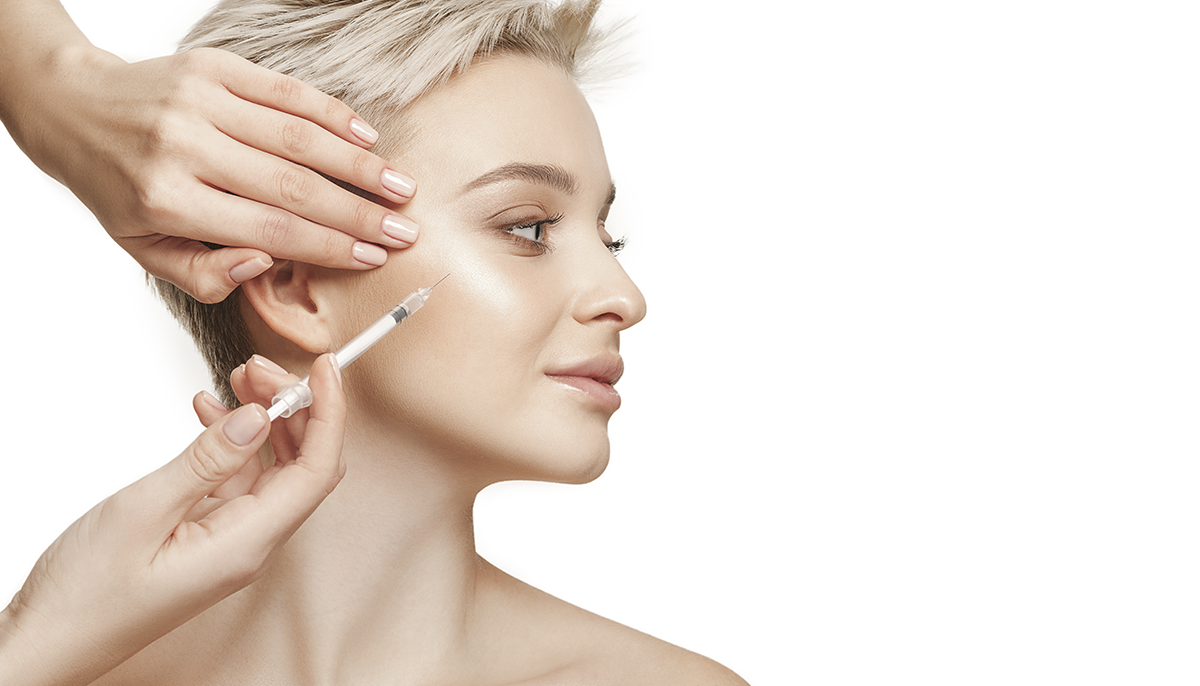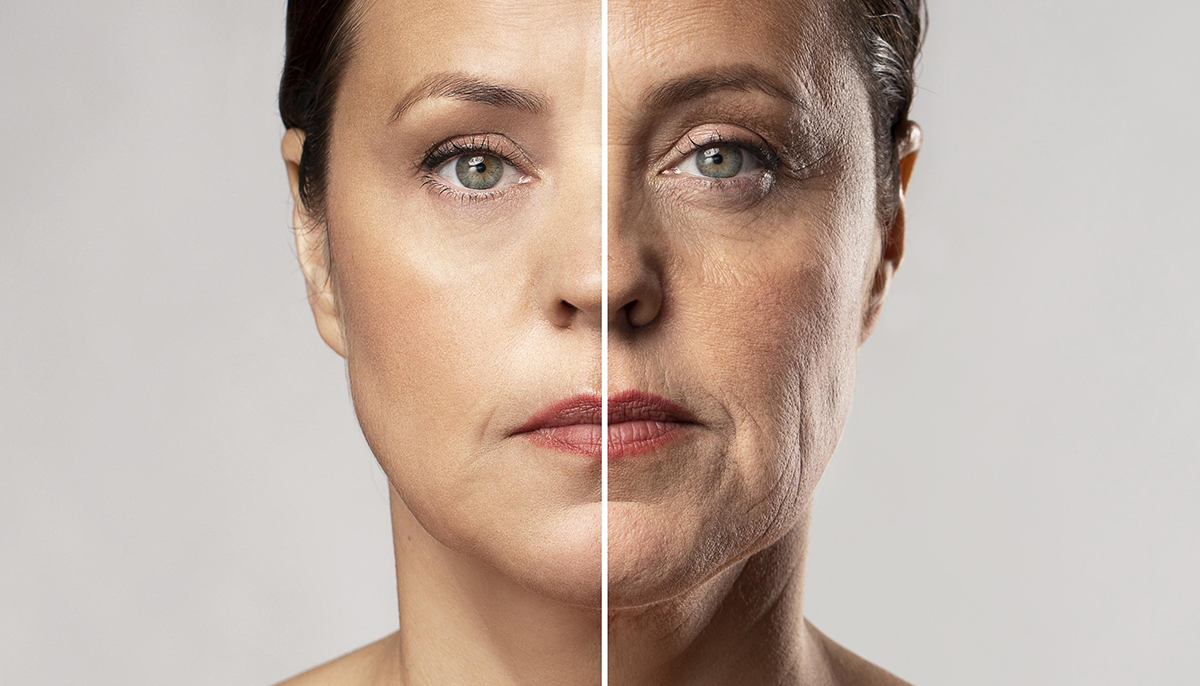
What is facial harmonization?
It’s a set of non-surgical aesthetic procedures aimed at balancing and enhancing facial features, providing a more symmetrical, youthful, and harmonious face. These procedures are carried out by specialized professionals such as dermatologists, plastic surgeons, and dentists.
Facial harmonization involves the use of different techniques and treatments to enhance specific facial features, such as jawline contouring, lip projection, filling wrinkles and creases, defining the chin, among others.
The goal of facial harmonization isn’t to create a completely different face, but rather to accentuate the natural beauty and harmony of facial features, considering proportions and symmetry. It’s crucial that the professional responsible for facial harmonization is experienced and skilled to perform the procedures safely and achieve satisfactory results.
botox

Botulinum toxin, marketed under the name Botox, is a protein produced by the bacterium Clostridium botulinum. In facial aesthetics, Botox is injected into specific muscles to temporarily weaken them, reducing muscle activity and minimizing expression wrinkles.
Applications of Botox:
- Reduction of expression wrinkles: Botox is effective in smoothing facial lines caused by repeated muscle contractions, such as crow’s feet, forehead wrinkles, and frown lines between the eyebrows.
- Eyebrow lift: By relaxing muscles that pull the eyebrows downward, Botox can create a lifting effect, opening up the gaze and rejuvenating the appearance.
- Treatment of bruxism: Botox can be used to treat bruxism, reducing the force of teeth clenching and grinding.
hyaluronic acid

Hyaluronic acid is a naturally occurring substance in the human body, found in the skin, joints, and connective tissues. In facial aesthetics, hyaluronic acid is used in gel form for wrinkle filling, crease correction, and to enhance the volume of specific facial areas. This filling is temporary, as hyaluronic acid is gradually absorbed by the body.
Applications of hyaluronic acid:
- Wrinkle and crease filling: Hyaluronic acid is injected into areas like the nasolabial fold (known as the “smile lines”) and wrinkles around the mouth to fill and smooth these lines.
- Lip augmentation: It’s used to enhance lip volume and define the lip contour, providing a fuller and more symmetrical appearance.
- Cheek enhancement: Hyaluronic acid is applied to the cheeks to increase volume and create a lifting effect.
- Nose correction: Also known as non-surgical rhinoplasty, this technique uses hyaluronic acid to correct imperfections and asymmetries in the nose, avoiding the need for surgery.
Both procedures are minimally invasive and performed in an office setting, without the need for surgery. They provide natural and subtle results, restoring the youthful and harmonious appearance of the face. It’s crucial that these procedures are carried out by experienced and skilled professionals, ensuring patient safety and satisfactory outcomes. As these treatments are temporary, periodic maintenance is necessary to prolong the desired results.
